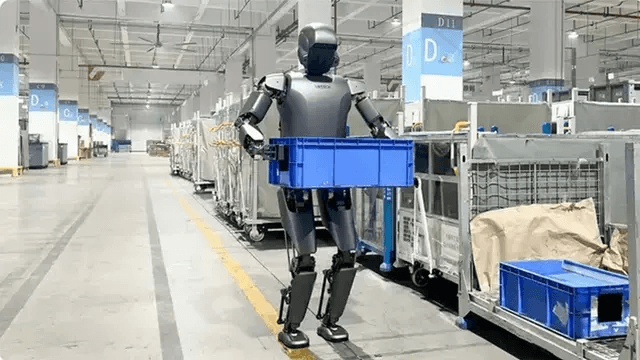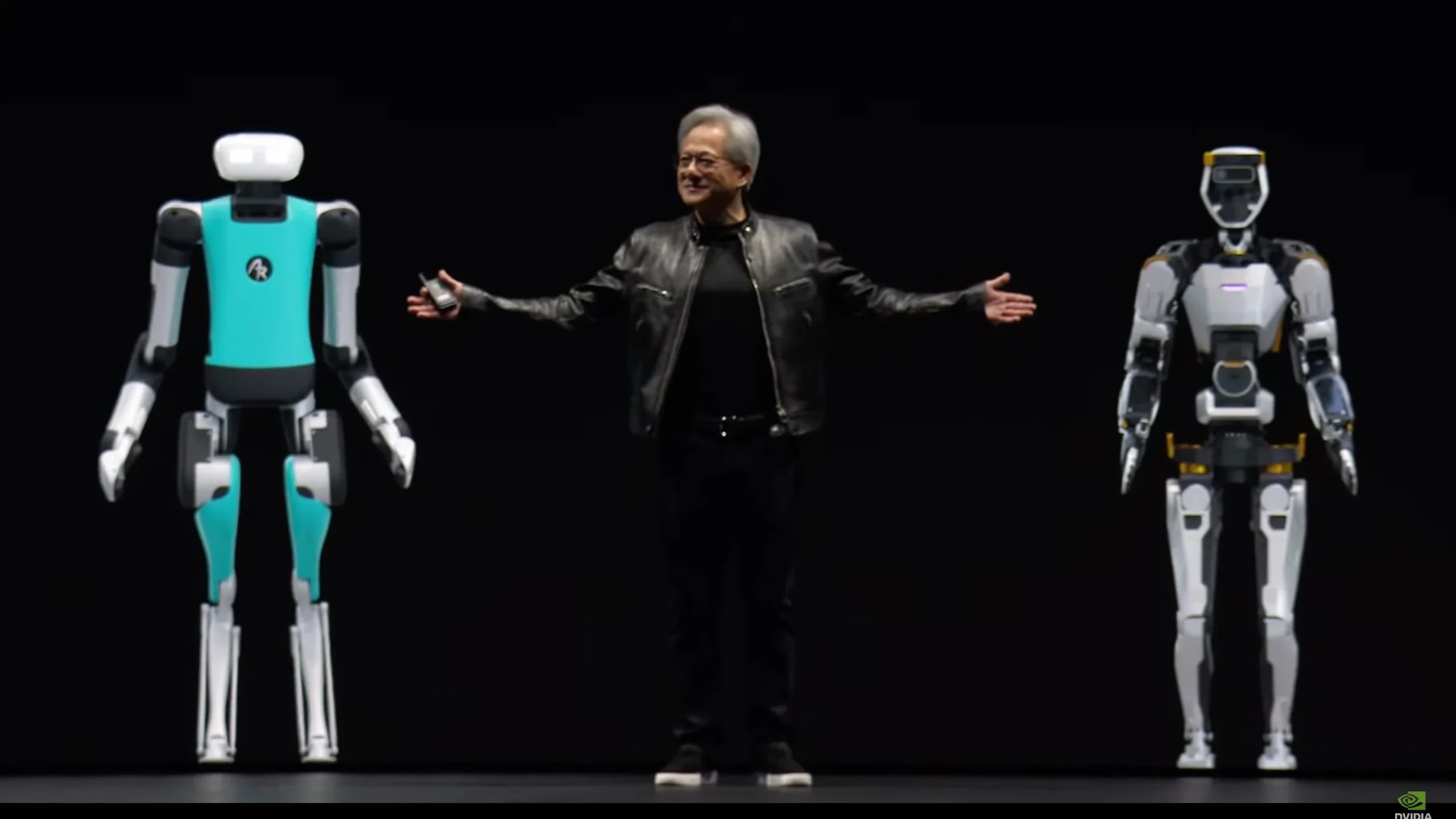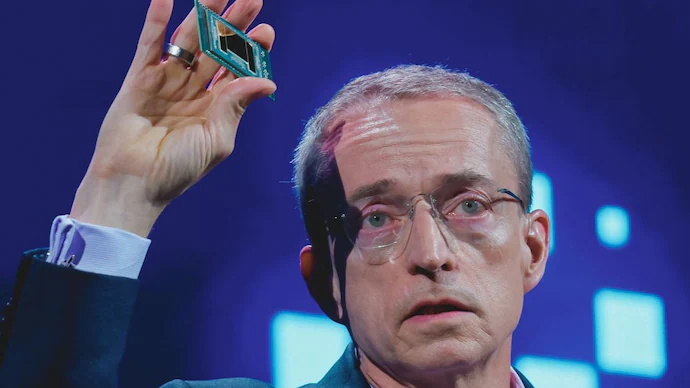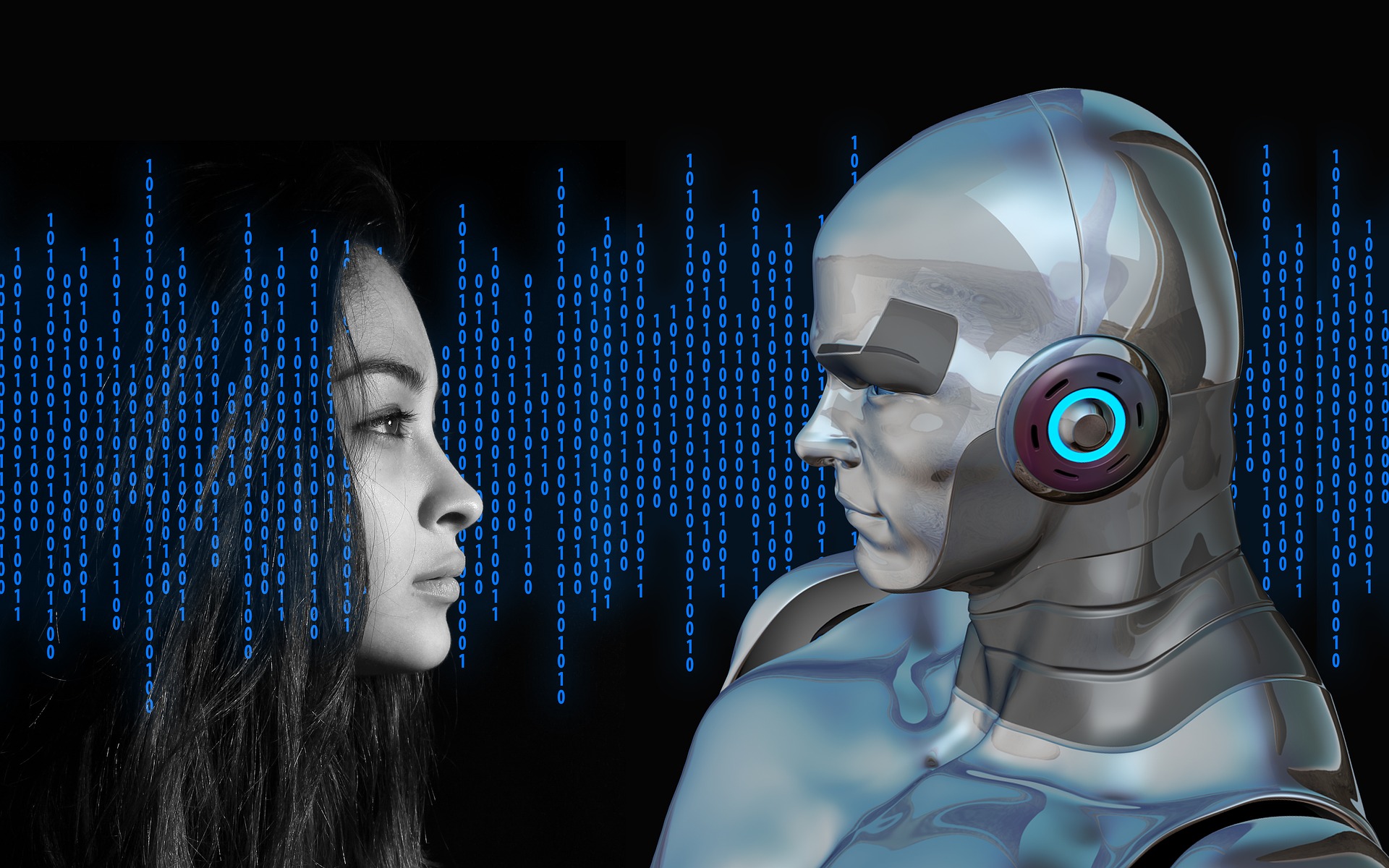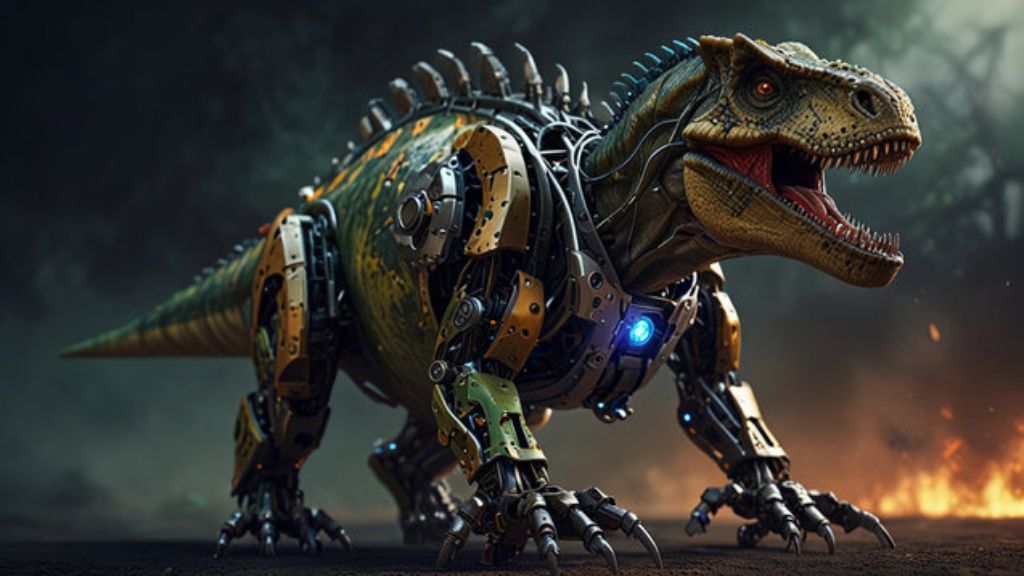
In a blend of cutting-edge robotics and paleontology, scientists are embarking on an ambitious project to recreate extinct creatures, including dinosaurs, as robots. This innovative approach, part of a burgeoning field known as “paleo-inspired robotics,” aims to breathe mechanical life into ancient species to better understand their movements, behaviors, and the evolutionary paths that led to their development and eventual extinction.
The initiative, which has caught the attention of both the scientific community and the public, seeks to use robotics to simulate the physical and biological characteristics of extinct animals. By doing so, researchers hope to gain insights into how these creatures might have lived, moved, and interacted with their environments millions of years ago.
One of the highlighted projects involves the recreation of a dinosaur known for its small wings, Caudipteryx, to investigate theories about the evolution of flight. Scientists built a robotic version, dubbed Robopteryx, to test how such dinosaurs might have used their wings not necessarily for flying but for flushing out prey, a behavior known as flush-pursuit hunting. This experiment suggests that early wings could have had uses other than flight, providing a new perspective on the evolutionary pressures faced by these ancient creatures.
Similarly, efforts are being made to understand the locomotion of prehistoric creatures like Orobates pabsti, a distant relative of modern mammals and reptiles. Using a robot named OroBOT, researchers have been able to simulate and study how this animal might have walked, challenging previous assumptions about the posture and mobility of early land vertebrates.
The implications of this research extend beyond mere curiosity. By recreating these extinct species as robots, scientists can test hypotheses in a tangible way, something fossils alone cannot offer. For instance, the study of a robotic pleurocystitid, an ancient sea creature, has provided clues on how marine life might have propelled itself through prehistoric oceans, offering insights into the biomechanics of early life forms.
The project doesn’t stop at understanding locomotion. There’s an underlying hope that these robotic recreations could lead to breakthroughs in robotics design, drawing inspiration from millions of years of evolutionary experimentation.
However, this venture isn’t without its critics or challenges. Some in the scientific community argue about the practicality and accuracy of these robotic models in truly representing extinct life forms. There’s also the question of how much one can infer about behavior and physiology from mechanical replicas.
Despite these debates, the enthusiasm for paleo-inspired robotics continues to grow. Projects like these not only captivate the imagination but also push the boundaries of how we use technology to unlock the secrets of Earth’s distant past. As technology progresses, we might see more of these robotic ancient creatures, offering us a glimpse into life’s grand, evolutionary tapestry, one robot at a time.
This endeavor, merging robotics with paleontology, marks a new era where the lines between the living and the mechanical, the extinct and the recreated, blur, providing us with innovative tools to explore the vast history of life on Earth.
